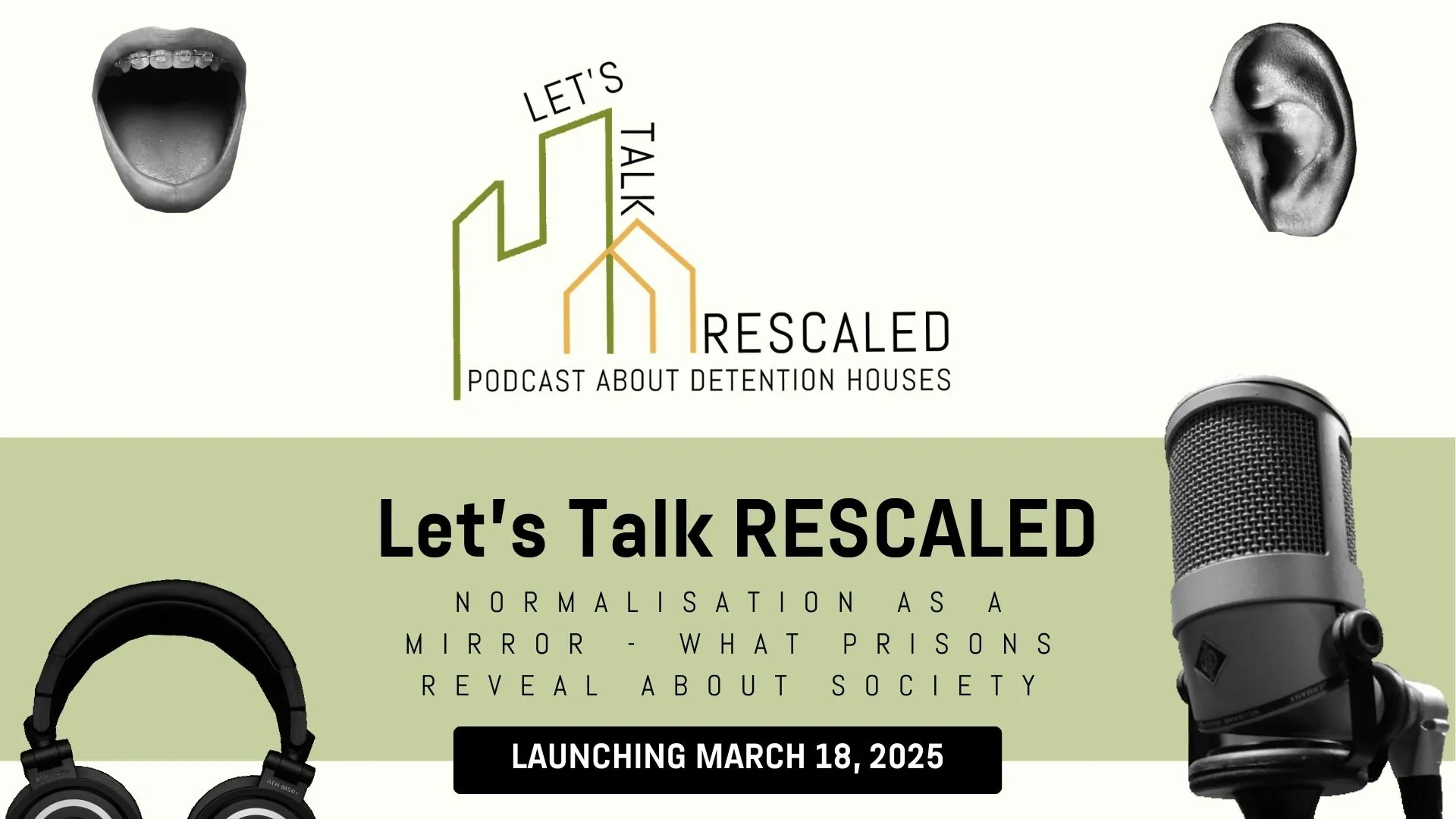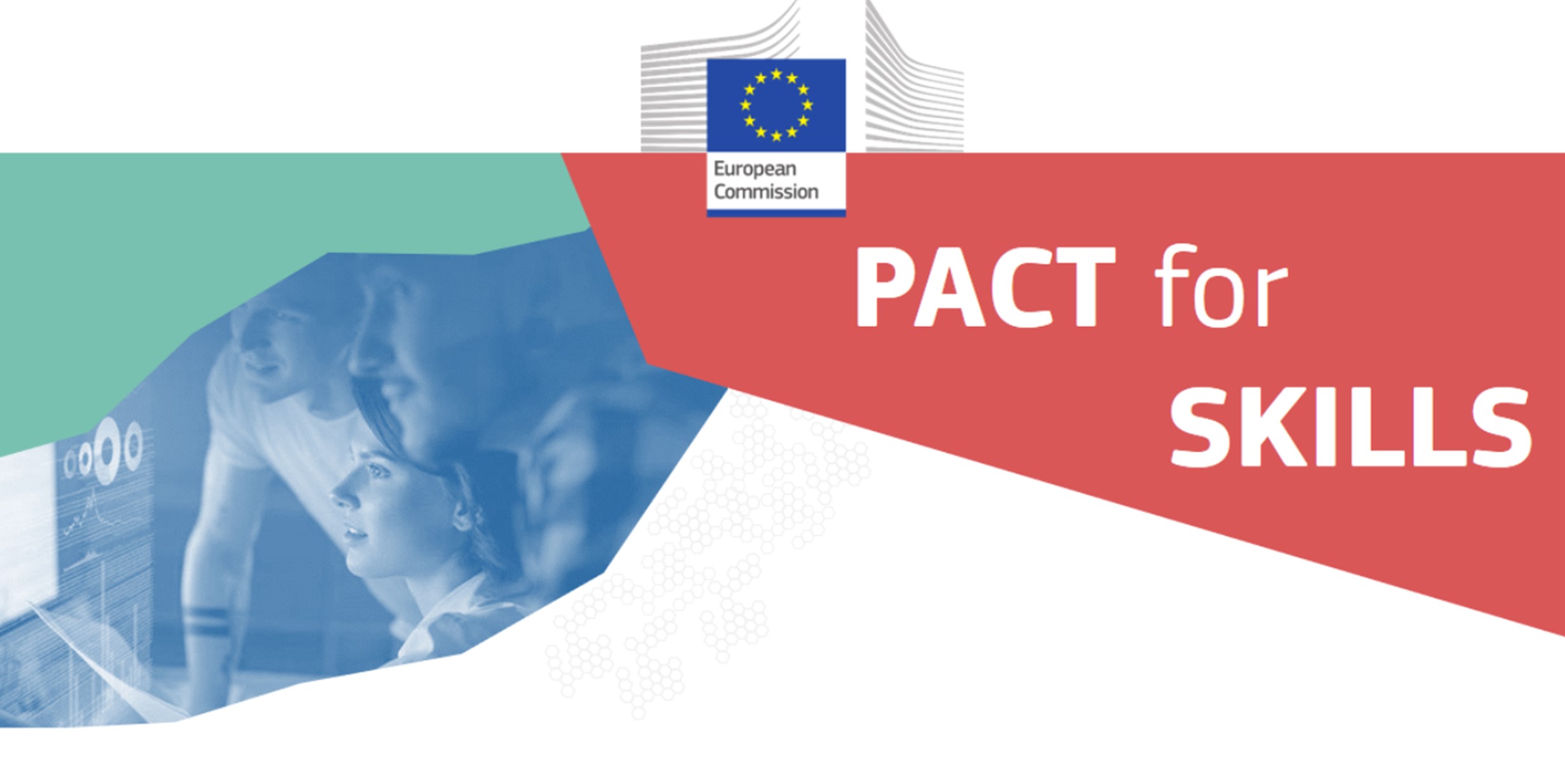In Portugal, the Law no. 9/2020, 10th of April, approved an exceptional regime for loosening the execution of sentences in times of the COVID-19 pandemic. The law provides, amongst other measures[1], for the amnesty of crimes with a prison sentence (i) of no more than two years or (ii) whose remaining period does not exceed two years, if the convicted person has already served at least half the sentence. [2]
The measures included by the Government in this legal diploma were subject to the most trenchant criticism by some opposition parties, who considered them to be excessive and prone to a dangerous social alarmism, based on the fear that the release of convicted individuals would pose a risk to the security of the population. Almost four months after the entry into force of this Law, and according to information provided by the Directorate‑General for Reinsertion and Prison Services, the crime rate of the individuals released due to the pandemic was almost nil. According to what was reported by the Jornal de Notícias, “only 24 out of the 1314 individuals released from prison (1.8%) under an amnesty measure (…) committed new crimes and returned to the prison system“.[3] These figures dismantle the prediction, at times apocalyptic, of a significant growth in crime that would stem from the implementation of such loosening measures.
But if the application of the aforementioned measures does not seem to have brought up negative outcomes with regards to recidivism, the same cannot be said about social reintegration, an indicator as relevant as the previous one to assess the efficiency of a prison system. Truth being said, these new measures have uncovered a long-perceived reality: the profound difficulties of social reintegration for people who have been subject to a custodial sentence. According to the reported data, cases occurred of individuals who preferred seclusion to freedom: five people voluntarily returned to a prison establishment and eleven did not provide the necessary consent for a renewal of their leave. [4] It is urgent to reflect about these cases.[5]
One of the main purposes of a sentence is the social reinsertion of the convicted person. This is, from the very beginning, the first of the aims listed in article 2 of the Code of Enforcement of Sentences, according to which “the execution of sentences and security measures involving deprivation of liberty aims at the reinsertion of the agent in society“. But how can the prison system prepare an individual for a return to society if the deprivation of liberty is lived, from beginning to end, in segregation? Can the isolation of an individual, over a long period of time, enlighten him or her on how to live in a community? In many cases, such rupture can be difficult to restore. This isolation is so marked that, when the moment of freedom came, some preferred to voluntarily go back to prison. Now, this result is clearly the opposite of what a prison system purports to achieve. Many people had no back‑up solution at the time of their release for pandemic reasons: some reached out to hospitals, others knocked on the door of the Santa Casa da Misericórdia de Lisboa in search of a room to sleep, others ended up living on the street and there were still those who stayed in a campsite, an emergency response prepared for no more than 40 people.[6]
But what could and should be different, then? How could a prison system be more efficient in achieving its purposes? Going deeper, in light of what criteria should a prison system be assessed? Are the recidivism rates and/or reinsertion metrics sufficient? Even if these are, in themselves, valid criteria for evaluating the ends (or results) achieved, what will be the best criterion for choosing the means to adopt?
The normalization principle, expressly enshrined as the fifth fundamental principle of the European Prison Rules of the Council of Europe, according to which “life in prison shall approximate as closely as possible the positive aspects of life in the community“.[7]
Using a simplified narrative about the purpose of a sentence, it is valid to say that those who have caused a harm to society – by committing a crime – are deprived of their freedom, so that the period of imprisonment becomes a real opportunity [i] to have a greater insight on the extent of the damage caused, [ii] to gain a better understanding of the conduct that would have been expected from them and [iii] to acquire the tools and skills that are necessary to maintain a socially responsible conduct. Now, a socially responsible way of living is not learnt in theory. It is necessary that life in detention comes as close as possible to a community life, in practical terms. And this normalization must be poured into daily routines, into spaces, into decision-making. How can anyone learn how to better make decisions, individually and jointly, if there is even no freedom to choose what to eat? How can one get used to the responsibility inherent to a job if working in prison is still a perk, a rare opportunity? How can someone learn to better live in society if there are no dialogue forums – where decisions about community dynamics and tasks can be discussed democratically – and, instead, all decisions are imposed from a higher hierarchical level? How can someone acquire the necessary and tailor‑made tools for a full re-socialization, if the attention of one reintegration technician is shared by dozens, sometimes hundreds, of incarcerated persons and if detention is lived in an undersized space – which still happens in about half of the Portuguese prison establishments?
If the context of the current pandemic has created enormous difficulties – namely because of the greater isolation of prison communities, for reasons of public health – it has also enabled the implementation of innovative loosening measures and, with it, the access to data that should not be ignored, but rather used for a deeper reflection. To what extent should (or could) more normalized solutions for detention be offered? Isn’t the securitarian focus given to imprisonment too excessive, insofar as, by restricting the simplest daily decision-making and the most basic family, social and professional interactions, it also coerces the necessary learning of an adequate life in society? Isn’t such a strong isolation from local communities counterproductive? How can I learn to relate to something that is increasingly distant from me?
The truth is that new solutions for detention are emerging throughout the European Union. This includes both “detention houses” and “transition houses”, the latter dedicated to serving the final sentence of a custodial sentence. In contrast to the large prisons of the 19th century, which tend to manage large groups of people within infrastructures that are standardized and separated from local communities, these houses – implemented, with the context-specific adaptations, in several Member States, such as the Netherlands, Belgium, France, Italy and Malta – are small-scaled, integrated in the community and provide a differentiated treatment to each person, three pillars that, while not being an end in themselves, are essential precisely because they allow a normalization of life in detention. Small houses allow the acknowledgement of each resident as a unique and unrepeatable individual, the creation of personal relationships and the tailoring of individualized reintegration paths. Houses integrated in a local community allow – even if not instantly, but thoughtfully and progressively – the creation and development of bonds between each resident and the local community. This way, it becomes possible (i) to demystify a certain alarmism of dangerousness (that was on the basis of the opposition to the measures recently adopted in Portugal), (ii) to gradually restore the harm caused to society, namely through services or works carried out by residents, for the benefit of the community and (iii) to establish relationships, either personal or professional, that may last and support the convicted person in the transition to freedom.
In addition, these solutions have proven to be more efficient in fostering reintegration, in reducing recidivism and, consequently, in building a safer society. Now, going back to what was said at the beginning: recent data shows that, in Portugal, the crime rate did not increase as a result of the amnesty given to sentences of no more than two years. If this is the case, a fortiori, the execution of the last two years of a prison sentence in a transition house is not expected to pose a risk to general safety. Will this be an opportunity for such houses to become the “new normal” in our prison system? With great crises come great opportunities, times for change. Could this be the chance for normalization to be the new normal?





